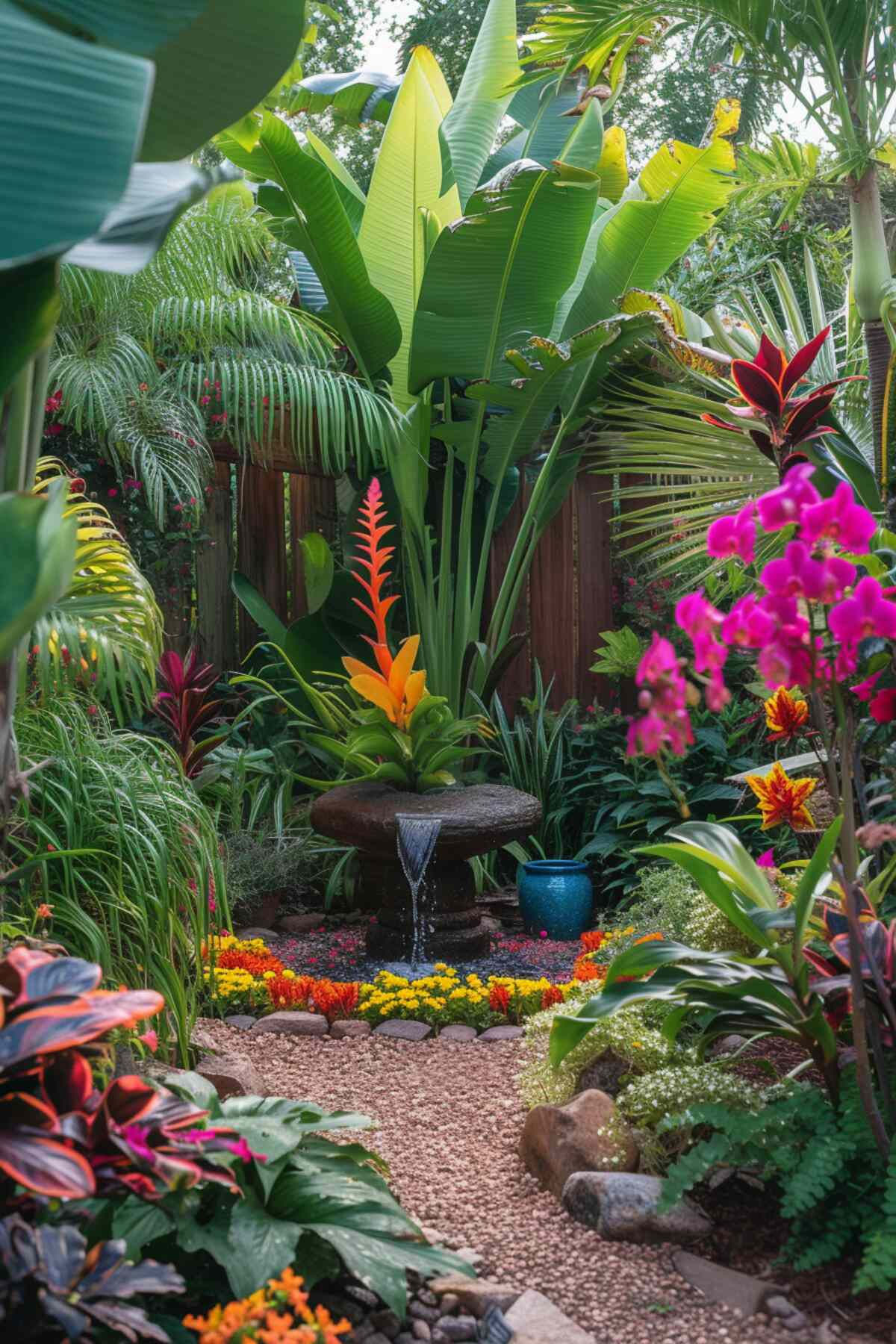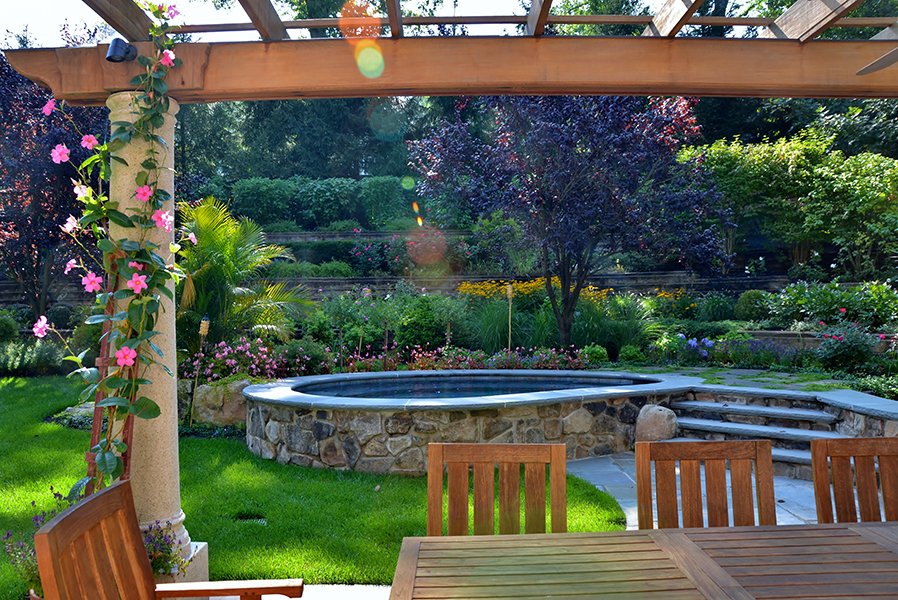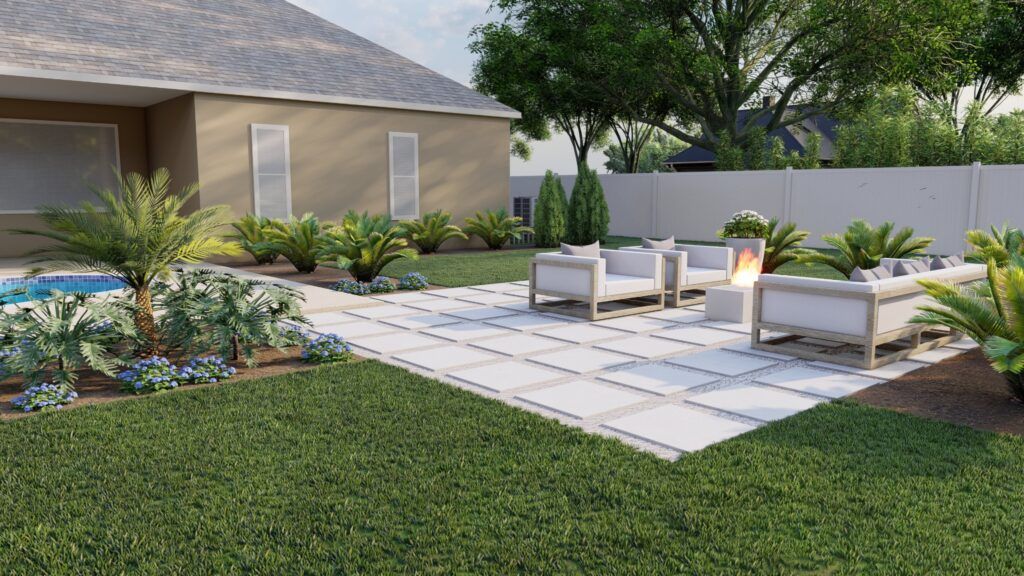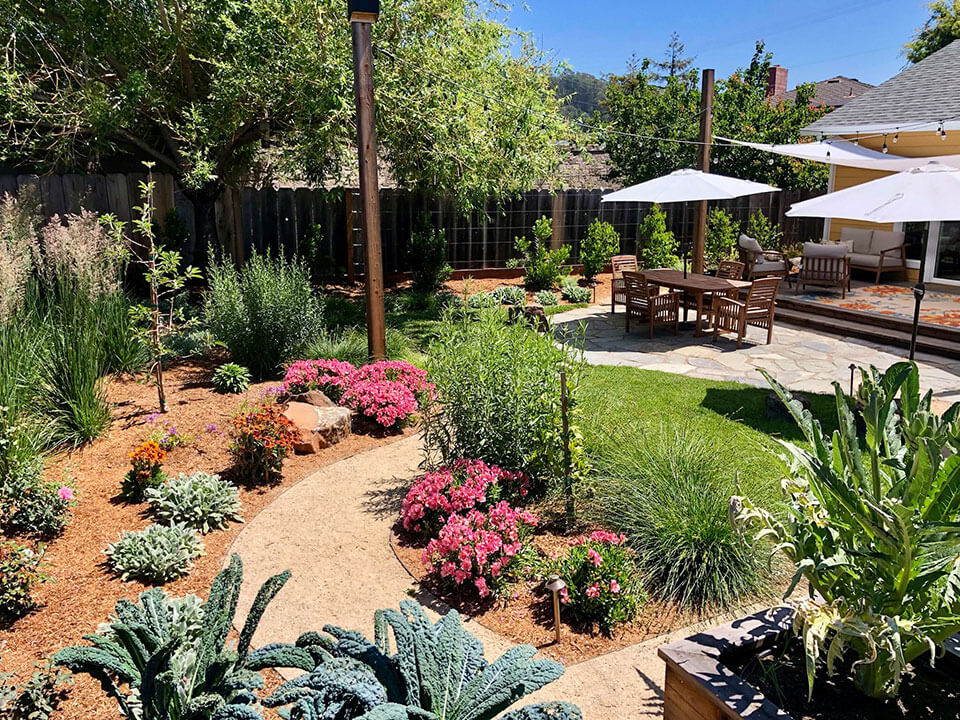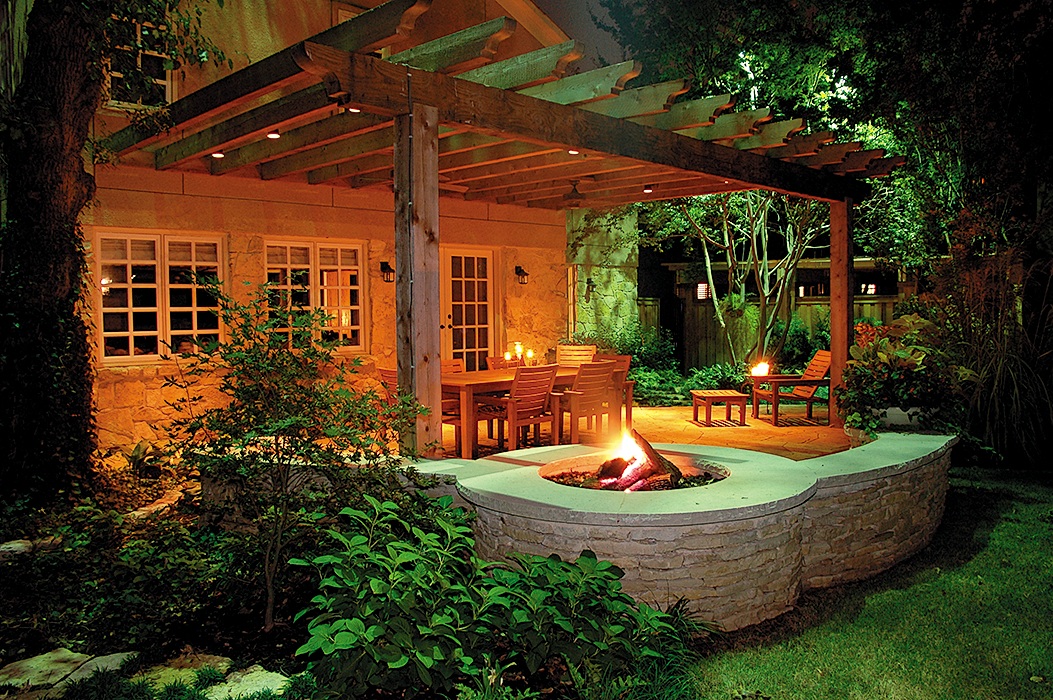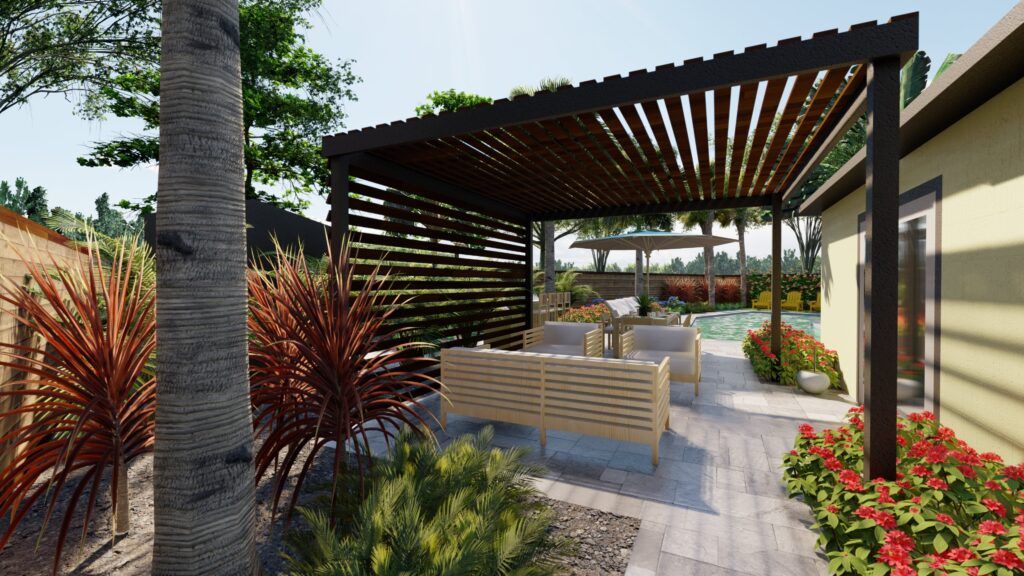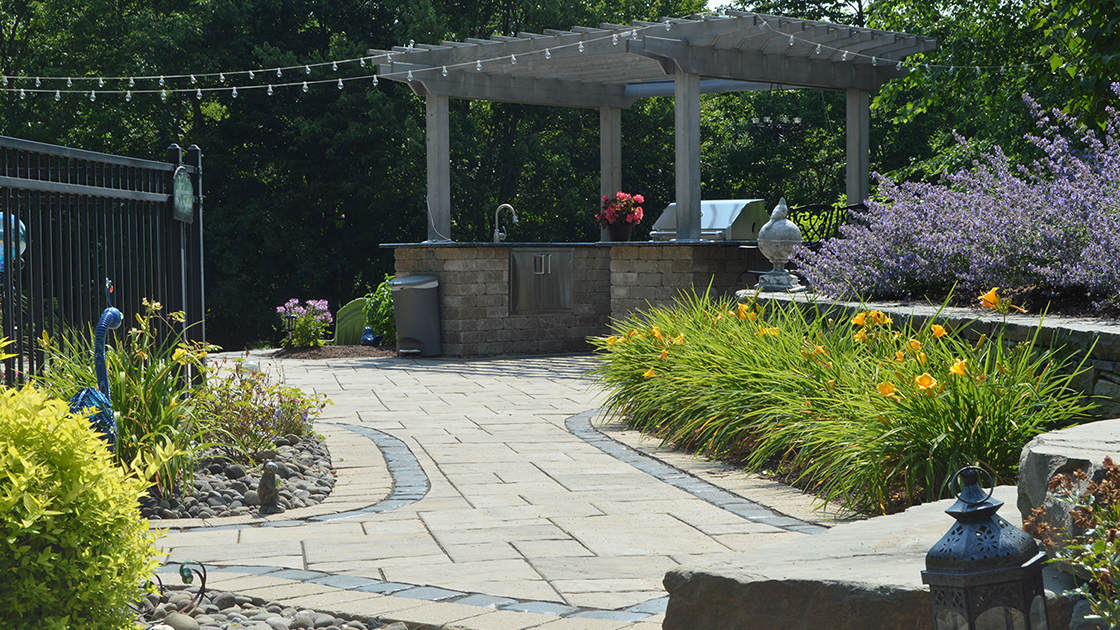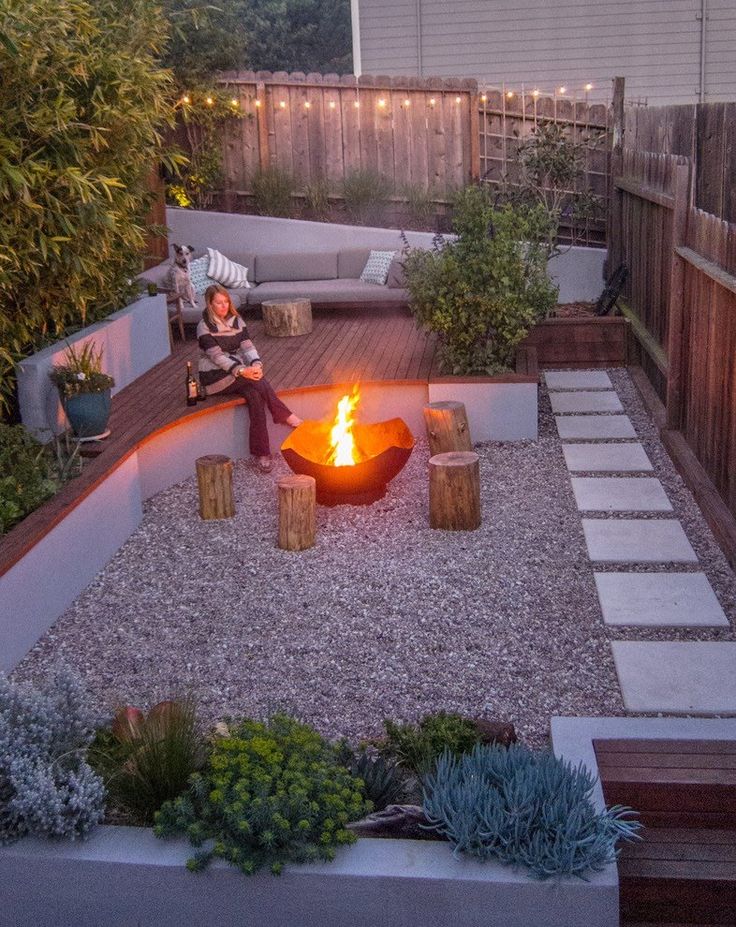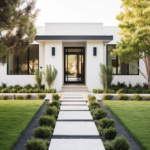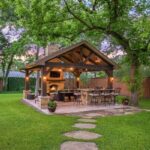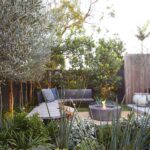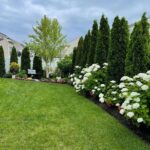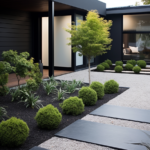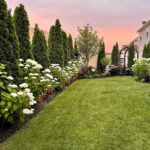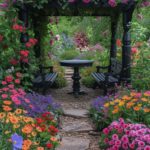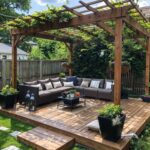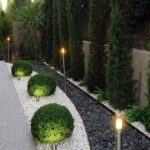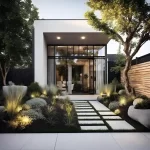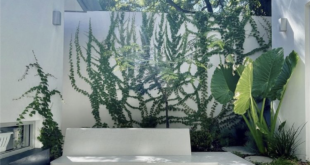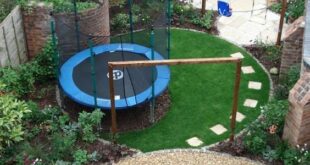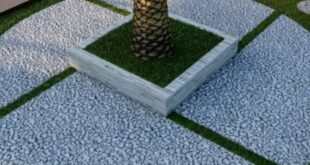Landscape design for your backyard is an important aspect of creating a beautiful and functional outdoor space. A well-designed backyard can provide a peaceful oasis for relaxation and entertainment, enhance the value of your home, and even improve the environment. Here are some key principles to keep in mind when designing your backyard landscape.
One of the first steps in creating a backyard landscape is to assess the existing conditions of the space. Consider factors such as the size and shape of the backyard, its sun exposure, soil quality, and drainage. These factors will help determine what types of plants and features will thrive in your backyard.
Once you have a clear understanding of the existing conditions, you can start to plan the layout of your backyard. Think about how you want to use the space – do you want a lawn for playing or entertaining, a deck or patio for dining and relaxing, or a garden for growing vegetables or flowers? Consider how different areas of the backyard will flow together and how they will be used in relation to each other.
When it comes to plant selection, choose a mix of trees, shrubs, and flowers that are suited to your climate and soil conditions. Consider using native plants, which are well-adapted to the local environment and require less maintenance than exotic species. Group plants with similar water and light requirements together to create cohesive planting beds.
In addition to plants, consider incorporating hardscape elements such as paths, walls, and structures into your backyard design. These features can provide structure and visual interest to the landscape, as well as define different areas of the backyard. When selecting materials for hardscape elements, choose options that complement the style and architecture of your home, as well as the overall design of the backyard.
Finally, don’t forget about the importance of sustainability in backyard landscape design. Consider using eco-friendly practices such as water-wise landscaping, composting, and using recycled materials. These practices can help conserve resources, reduce waste, and create a healthier environment for both people and wildlife.
In conclusion, landscape design for your backyard is a creative and rewarding process that can transform your outdoor space into a beautiful and functional retreat. By considering the existing conditions of your backyard, planning a thoughtful layout, selecting appropriate plants and hardscape elements, and prioritizing sustainability, you can create a backyard landscape that enhances the beauty and value of your home for years to come.
 innstyled backyard design ideas
innstyled backyard design ideas
